Exploring Gallipoli, tucked along Apulia’s coast in Italy, feels a bit like time travel. One minute, I’m weaving through the old town’s narrow lanes, stumbling upon underground olive mills whispering tales of tradition and sweat. The next, I’m stretched out on wide, sandy beaches, letting the crystal-clear water lap at my toes.
Gallipoli’s rare mix of deep-rooted history and lively beach life makes it, in my opinion, one of southern Italy’s most memorable spots.
There’s a kind of magic in drifting from the cool, shadowy olive presses to the sun-drenched coastline. This blend gives Gallipoli its double soul. I can dig into old Italian customs in the morning, then splash around in the Mediterranean by afternoon.
Whether you’re a history buff or just want a laid-back beach day, Gallipoli’s got both angles covered.
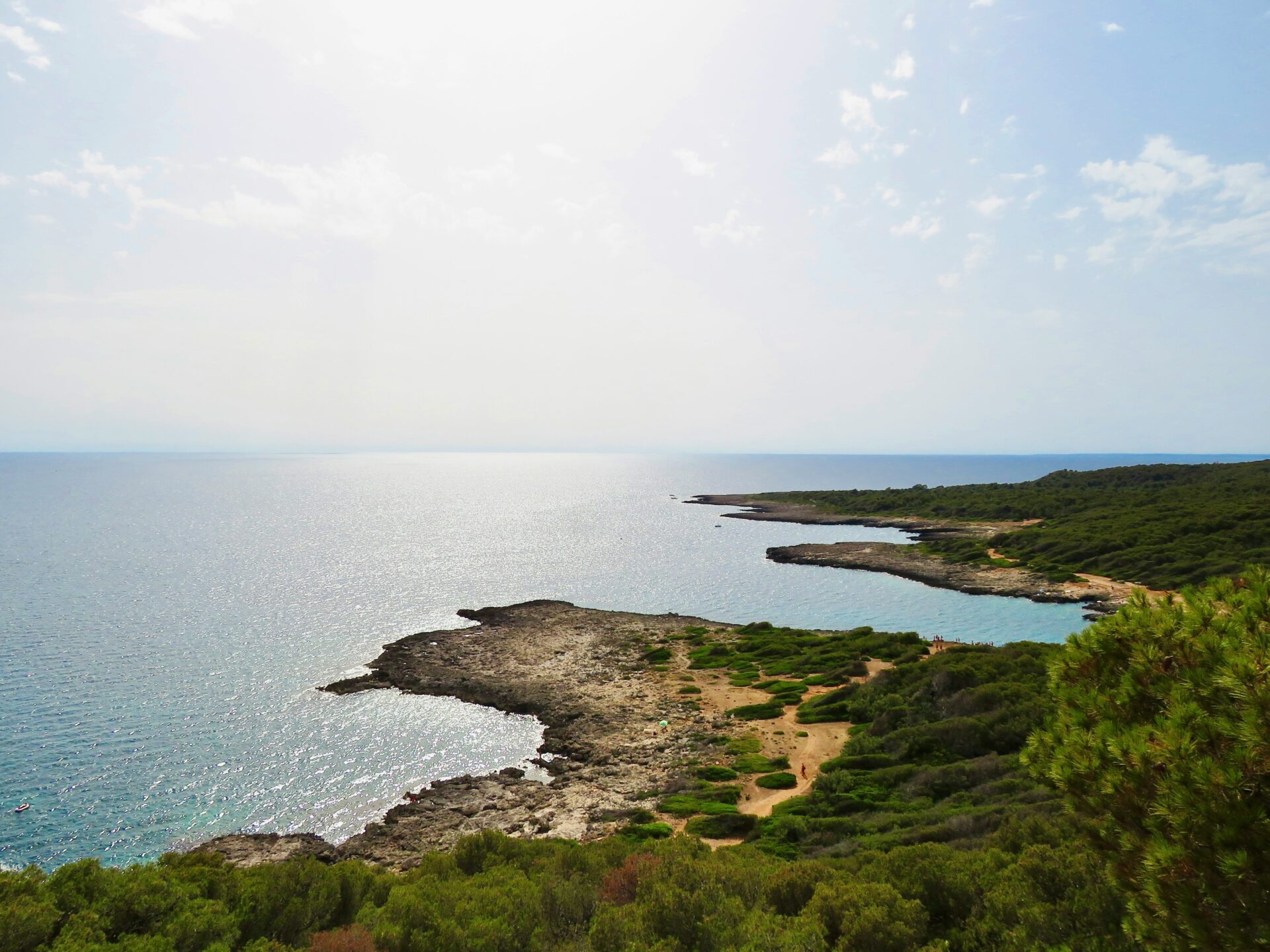
Gallipoli’s Rich Heritage: The Legacy of Olive Mills
When Gallipoli comes to mind, I picture endless ancient olive groves and the beautiful, weathered mills that dot the landscape.
Gallipoli’s olive oil story is tightly woven with the land and the Mediterranean-style buildings—those masseria and old mills you’ll still find around.
The Golden Era of Olive Oil Production
As I wander Gallipoli’s old town, I can’t help but imagine the hustle during the “golden era” of olive oil. By the 17th and 18th centuries, Gallipoli had become a major player in the olive oil trade.
Its mills churned out hundreds of tons of oil, exporting most of it all over Europe.
They built these olive mills underground. That kept the oil cool and gave workers a break from the heat.
Old shipping records show barrels of oil heading to London, Paris—turning olive oil into the region’s “liquid gold.”
Nowadays, some of those underground mills serve as museums. You can check out the old olive presses, massive grindstones, and storage rooms.
Standing there, I really get a sense of the grit and teamwork that made Gallipoli famous.

Exploring Ancient Olive Groves
Just outside town, I like to wander through the ancient olive groves wrapped around the masseria—those classic southern Italian farmhouses. Some of these olive trees have been around for centuries, their twisted trunks and silvery leaves glinting in the sun.
The groves sprawl for miles, still forming the backbone of local farming. I sometimes wonder how many generations have worked among these trees.
Locals still pick olives by hand, sticking to the old ways. On some tours, you can join in the harvest or taste fresh olive oil right where it’s made.
There’s a calm out here. I hear the land’s history in the breeze, spot lizards skittering across old stone walls, and catch the scent of wild herbs along the trails.
The link between the land, olive oil, and daily life still feels strong.
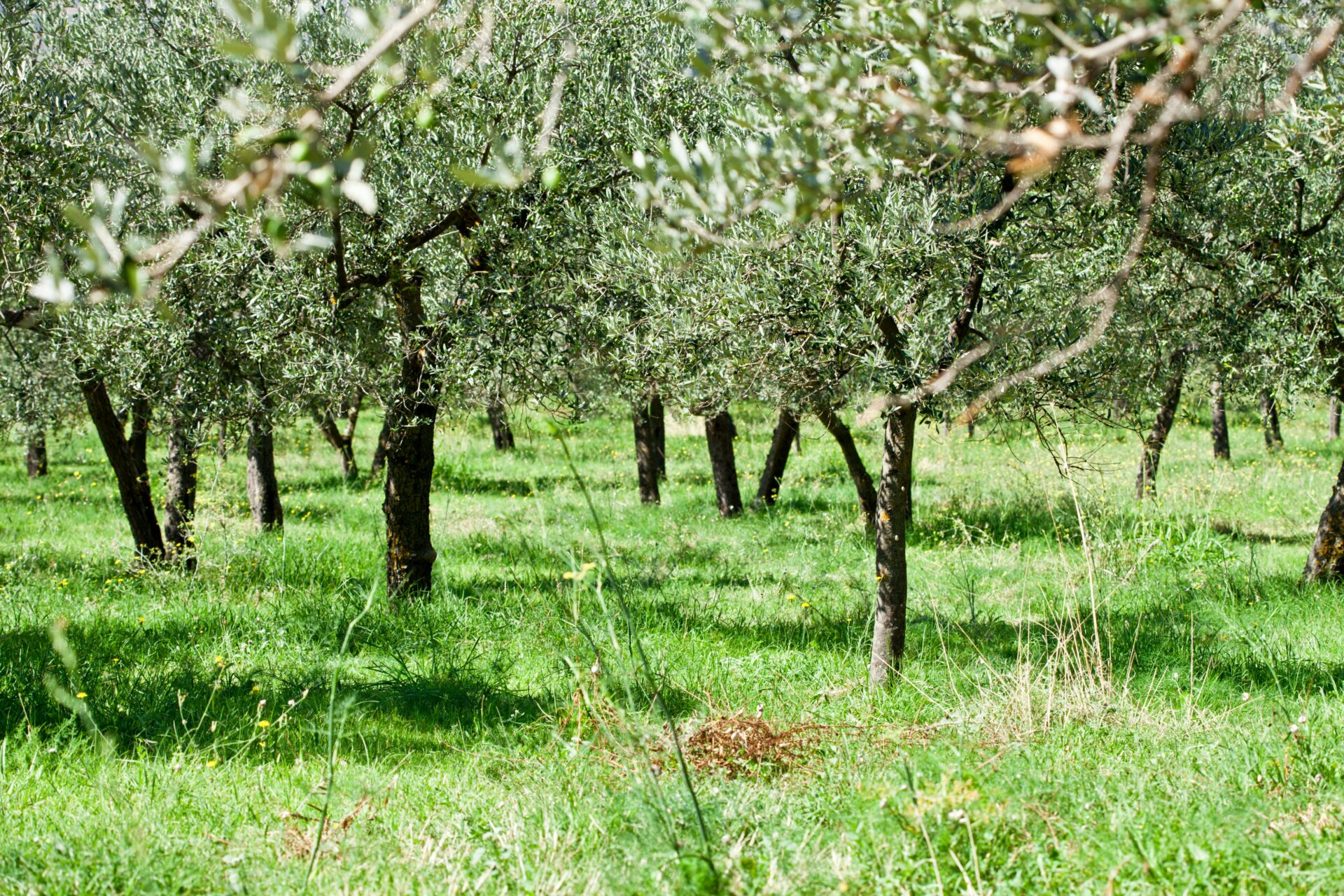
Transforming Old Mills into Unique Stays
One of my best Gallipoli memories? Staying in a restored olive mill turned boutique hotel.
I’ve noticed more of these old mills getting a second life as unique places to stay—mixing rustic details with modern comfort.
These spots keep the thick stone walls, vaulted ceilings, and a dash of Mediterranean style.
It’s not just about looks—many hotels use olive oil in their kitchens, spas, and even the decor. I got to taste fresh oil with bread every morning, and the owners loved sharing stories about the building’s past.
Sleeping in a former olive mill feels like living inside history.
It’s peaceful, close to both beaches and the olive groves. Some hotels even leave old grindstones and presses out, so guests can step right into Gallipoli’s story.
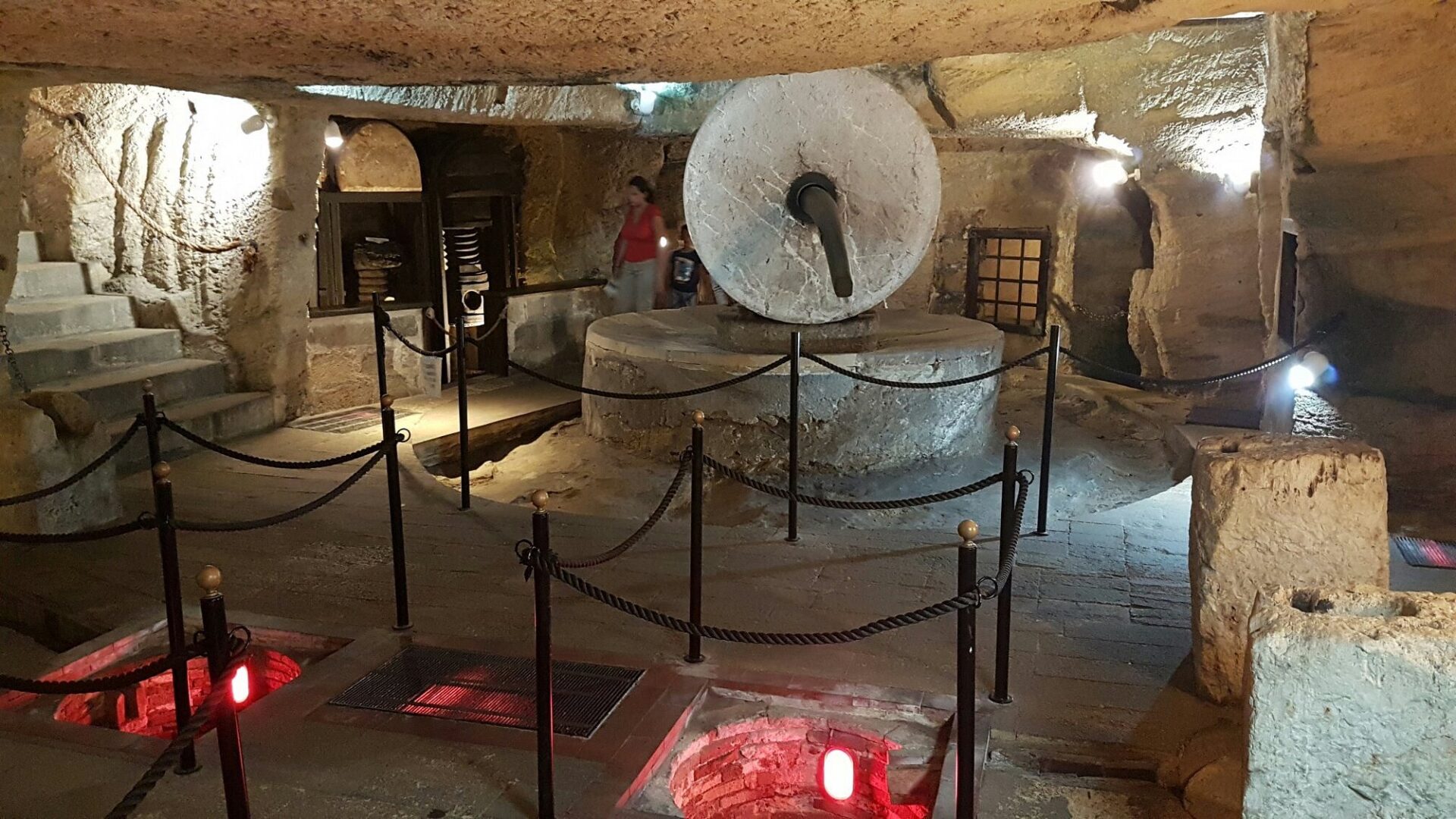
The Allure of Sandy Beaches Along the Ionian Coast
Gallipoli’s beaches combine soft white sand, clear turquoise water, and a relaxed, friendly vibe.
Many coastal towns nearby stay pretty quiet, offering peaceful escapes with a bit of old-world charm. Some resorts add a little luxury with terraces that open up to sweeping Ionian Sea views.
Gallipoli’s Beloved Beachfronts
On my last trip, Gallipoli’s main beaches really stuck with me. Baia Verde has fine sand and gentle, shallow water—perfect for swimming or just wandering along the shore.
Families love it here, hauling in umbrellas, snacks, and pool floats for a full beach day.
The Lungomare Galilei is lined with beach clubs, or “lidos,” offering loungers, umbrellas, and easy snacks or drinks.
Soft background music sets a chill scene, never too loud. For a quieter spot, Spiaggia della Purità sits closer to the old town, with a more laid-back crowd and some views of Gallipoli’s old buildings.
Popular Gallipoli Beaches:
| Beach | Sand Quality | Water | Atmosphere |
|---|---|---|---|
| Baia Verde | Fine, white | Clear blue | Lively, social |
| Spiaggia della Purità | White | Turquoise | Relaxed, central |
| Lido San Giovanni | Fine | Shallow | Family-friendly |
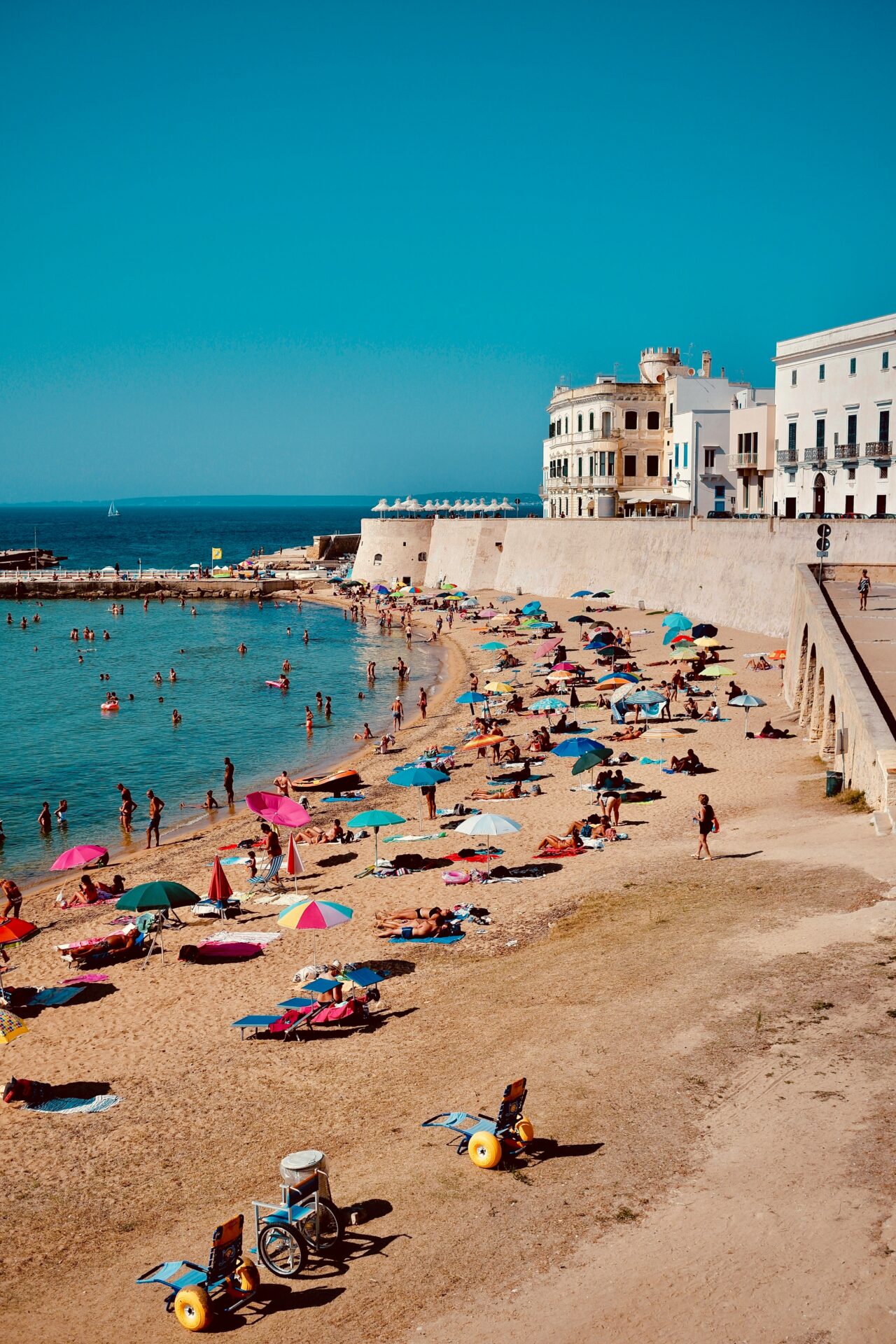
Hidden Coastal Villages to Discover
Not far from Gallipoli, I found quiet villages along the Ionian coast that almost feel like secrets. Santa Maria al Bagno and Santa Caterina both offer tranquil sandy beaches, with whitewashed cottages and fishing boats as the backdrop.
In Santa Maria al Bagno, families and locals mingle at little gelaterias near the water.
These villages stay uncrowded, with a slower, more authentic pace. I spent a morning watching fishermen untangle nets as the sun crept up—felt like a scene from another era.
Perceivable highlights:
- Santa Maria al Bagno: Real charm, cozy sandy beach, quiet evenings.
- Santa Caterina: Cliffs, coves, seafood trattorias, sunset walks.
I loved the mix of easy beach access and village life—perfect for anyone wanting both relaxation and a taste of the local scene.
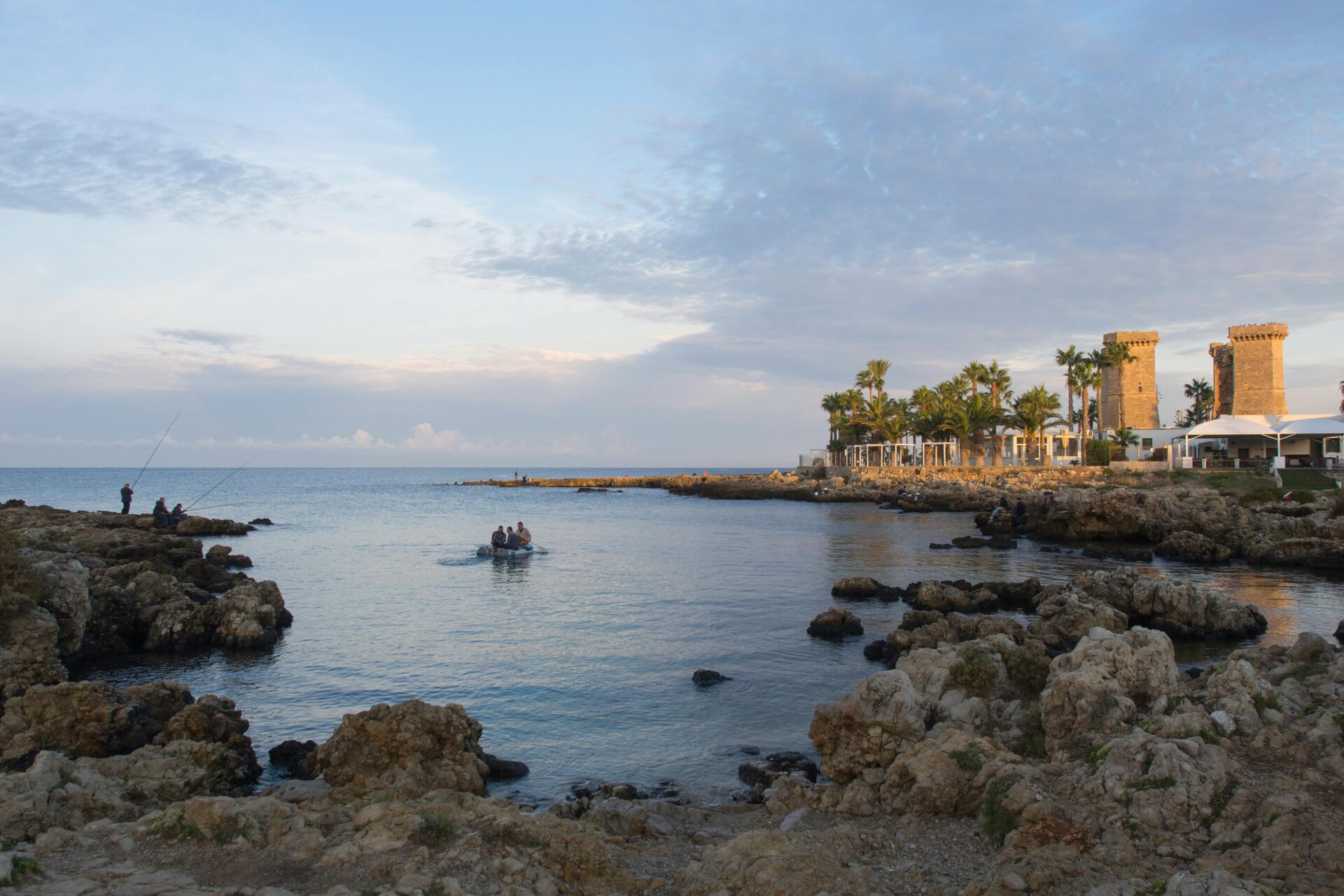
Resort Experiences with Panoramic Terraces
Staying at a resort near Gallipoli changed up my beach routine—I got hooked on the panoramic terraces.
Lots of resorts now have rooftops or terraces where you can see the whole Ionian coastline. Breakfast up there, watching the water shift colors, is honestly hard to beat.
Terraces aren’t just for the view. Many serve drinks or host small dinners at sunset, so you barely need to leave the hotel.
If you’re not up for sand, most resorts have pools, spas, or wellness spaces.
Terrace Perks at Apulia Resorts:
- Sea-facing breakfast areas
- Rooftop pools
- Evening cocktails or private events
Waking up to that open sea view, with the sound of distant waves, really captures what makes this coast special.

Life in the Old Town: Stepping Into Gallipoli’s Historical Centre
Walking through Gallipoli’s old town feels like stepping into a living museum.
Every corner echoes with medieval stories and today’s lively energy. The mix of architecture and food gives visitors a true sense of place, rooted in tradition and the region’s sea-loving spirit.
Architectural Wonders and Medieval Streets
Gallipoli’s historic center sits on a rocky island, joined to the mainland by a 17th-century bridge.
The maze of narrow alleys, lined with whitewashed houses and arches, combines Mediterranean style with centuries-old touches.
Churches, palaces, and defensive walls all tell stories—of trade, faith, and battles. The Baroque Cathedral of Sant’Agata, with its ornate front and mosaics, stands out on any walk.
Passing by old olive mills, now silent but full of personality, always reminds me how important oil production once was here.
I love spotting small details—carved balconies, hidden courtyards.
Many alleys twist and turn, supposedly to confuse pirates and invaders. Even now, it’s easy to lose track of time following sunlight and shadows across the ancient stones.

Vibrant Local Cuisine and Seaside Markets
Food is the heartbeat of Gallipoli.
Street markets buzz with stalls selling fresh fish, ripe tomatoes, and local cheeses.
At dawn, fishermen unload their catch at the port, filling the air with sea salt and the promise of a good meal.
Seaside trattorias serve up dishes deeply rooted in the region—orecchiette pasta, plump olives, sweet fried pastries.
Olive oil, still pressed in old mills, ends up drizzled over nearly everything.
Tables fill with mussels, prawns, and octopus, all caught that day.
If you want a real taste of Gallipoli, wander both the markets and family-run restaurants.
Popular dishes to try:
- Frisella (crunchy bread with tomatoes and olive oil)
- Sgombro (mackerel)
- Parmigiana di melanzane (eggplant bake)
It’s easy to see how Mediterranean flavors, fresh ingredients, and long-standing tradition shape daily life in these sunlit streets.

Planning Your Stay: Where Old Charm Meets Modern Comfort
Finding the right place to stay in Gallipoli is all about balancing history and comfort.
You can enjoy ancient masserias and still get the modern perks that make a trip easy.
Masserias and Boutique Hotels
One thing I love about Gallipoli?
You can sleep surrounded by olive groves.
Masserias—those old farm estates—sit just outside town and make a peaceful retreat after a day on the sand.
Many have been redone as boutique hotels, with thick stone walls, vaulted ceilings, and cozy courtyards.
Inside, you’ll spot antique furniture and local ceramics.
Breakfast usually includes fresh fruit and olive oil made right there.
If you’d rather stay in town, small boutique hotels in the old city blend modern touches with centuries-old style.
Expect sea views, quick gelato runs, and staff eager to share tips about their favorite local spots.
Here’s a quick comparison:
| Option | Setting | Features |
|---|---|---|
| Masseria | Countryside/Olive Groves | Rustic charm, space, quiet |
| Boutique Hotel (Old Town) | Historic center | Sea views, walkability, local tips |
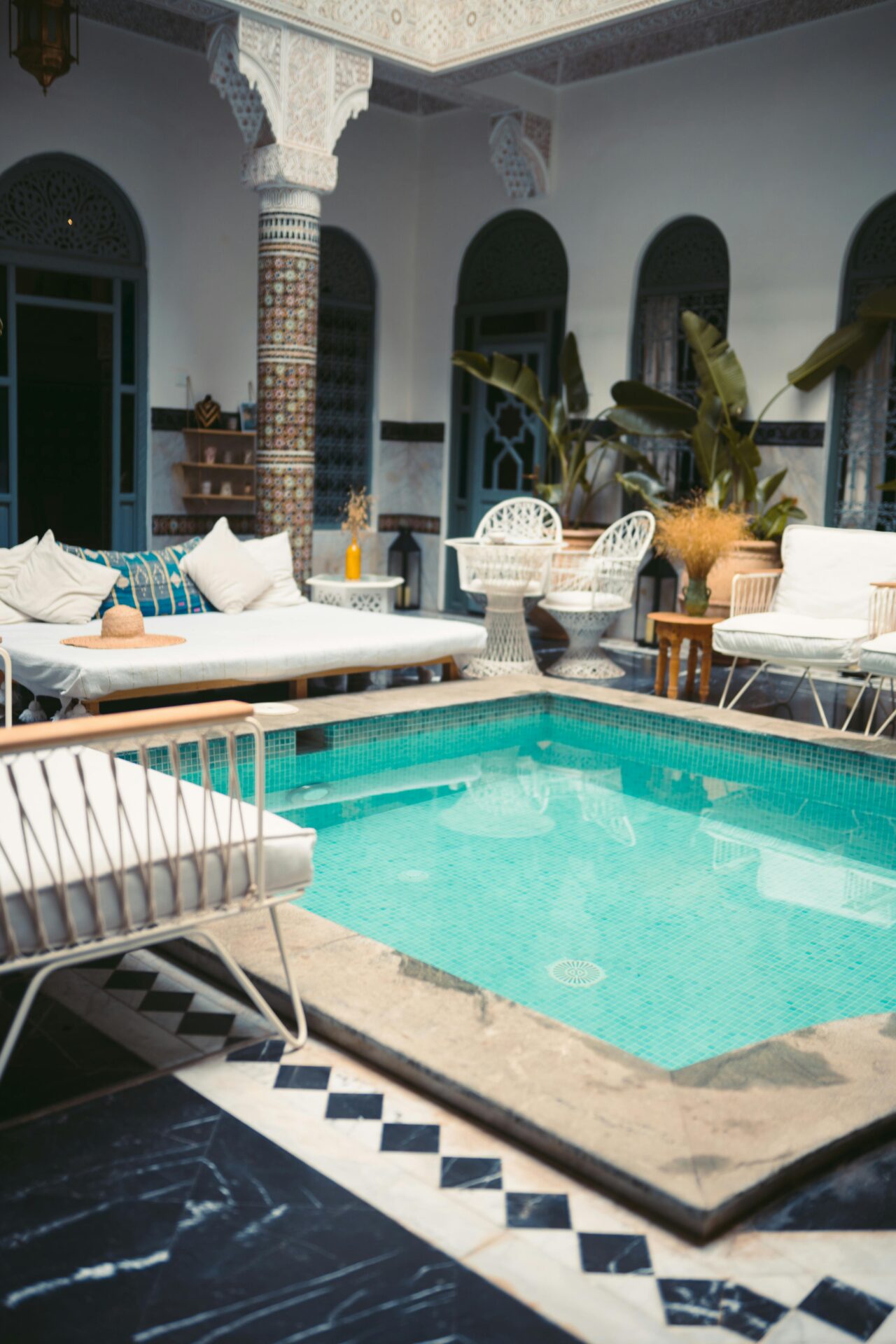
Modern Essentials: Wi-Fi and Air Conditioning
I’ll be honest—old buildings are charming, but I need good Wi-Fi and air conditioning, especially in summer.
Salento (where Gallipoli sits) can get seriously hot, and thick stone walls only help so much.
Most boutique hotels and masserias now include air conditioning.
I always double-check before booking, since a few rustic spots still rely on ceiling fans or open windows.
Fast Wi-Fi is also standard in most well-rated places.
If I plan to work remotely, I’ll ask staff for a speed test or guest reviews before I arrive.
Look for listings that guarantee both air conditioning and Wi-Fi, especially in the hotter months.
It really makes a difference—whether you choose a rural masseria or a stylish old-town hotel.

Journey to Gallipoli: Travel Inspirations and Practical Tips
Gallipoli brings together coastal beauty and historic olive mills.
Getting here and exploring the region is easier than most first-timers expect, and with a bit of planning, the trip can turn out to be pretty unforgettable.
Getting There From Rome, Florence, or Milan
Getting to Gallipoli from big cities like Rome, Florence, or Milan? It’s actually pretty simple, though you’ll want to plan a bit. I usually fly—it’s just easier. From Rome or Milan, I’ve grabbed direct flights into Brindisi or Bari. Both airports are in Puglia, and the flight barely takes over an hour.
After I landed, I hopped on a train or bus to get across the countryside to Gallipoli. One time, I took the train from Bari. The ride gives you some great views, but you have to transfer in Lecce, which can be a hassle if you’re carrying a lot. If you’re up for a road trip, renting a car lets you stop in smaller towns. I’ve pulled off in places like Urbino, and if you’re coming from the north, maybe even Genoa.
Here’s a quick travel table:
| Origin | Fastest Route | Typical Travel Time |
|---|---|---|
| Rome | Fly to Brindisi + train | ~3-4 hours |
| Florence | Fly to Bari + train or drive | ~4-5 hours |
| Milan | Fly to Brindisi + car rental | ~4.5 hours |
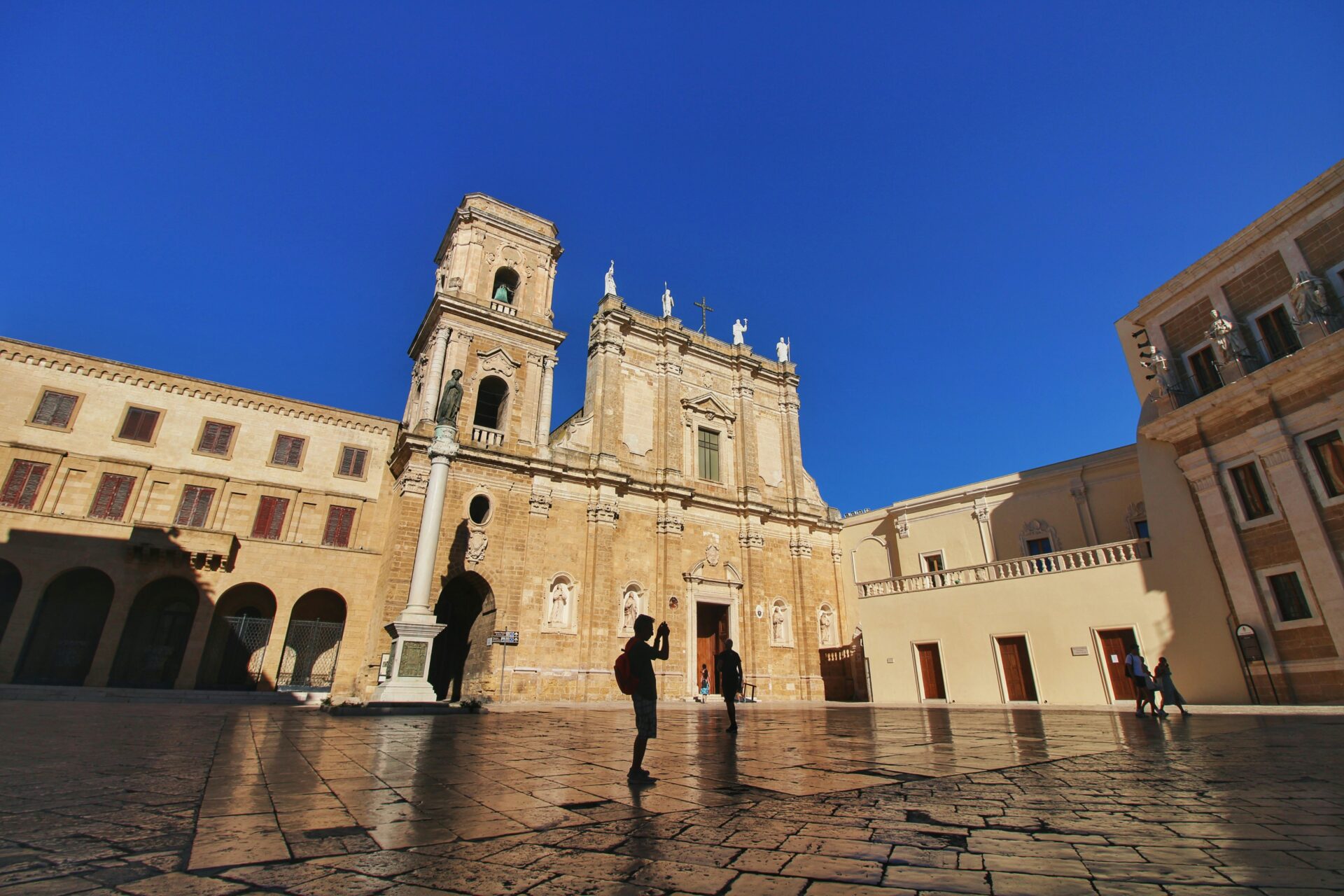
Visa Advice for International Travelers
If you’re coming from outside the EU, you’ll probably need a Schengen visa to get into Italy—and that covers Gallipoli and the rest of Apulia too.
I found the whole process a lot easier when I applied early. Definitely check what your home country asks for, since you might need extra documents like proof of where you’re staying or travel insurance. When I applied, I made sure my passport would be good for at least six months. That’s a must.
Thinking about traveling beyond Italy? Maybe Vienna, Jerusalem, or somewhere along the Rhine? The Schengen area includes most of Europe, but not everywhere. Always double-check the latest travel rules, since visa policies can shift without much warning.

Exploring Apulia Beyond Gallipoli
Gallipoli caught my eye with those sandy beaches and old olive mills, but honestly, Apulia (or Puglia, if you prefer) has way more going on. I always tell people to swing by Lecce for its wild baroque architecture—seriously, it’s stunning. Also, the hill town of Ostuni just nails that postcard vibe.
If you can, grab a rental car. It makes wandering off the main roads so much easier. I once drove out to Padua and Mantua—yeah, it’s a bit of a trek, but if you’re feeling adventurous, why not?
When I headed inland, I stumbled across these tiny villages. Each had its own trattoria or a little market—nothing fancy, but the food? So good.
If you keep driving south, you’ll eventually hit the tip of the Salento peninsula. That’s where the Ionian and Adriatic Seas actually meet. It’s kind of surreal.
Some folks get ambitious and plan a route all the way from Venice down to Apulia. You pass through cities packed with history. And if you’re really into travel, you could even tack on a river journey along the Nile or Rhine. That’s a serious European adventure, right?

